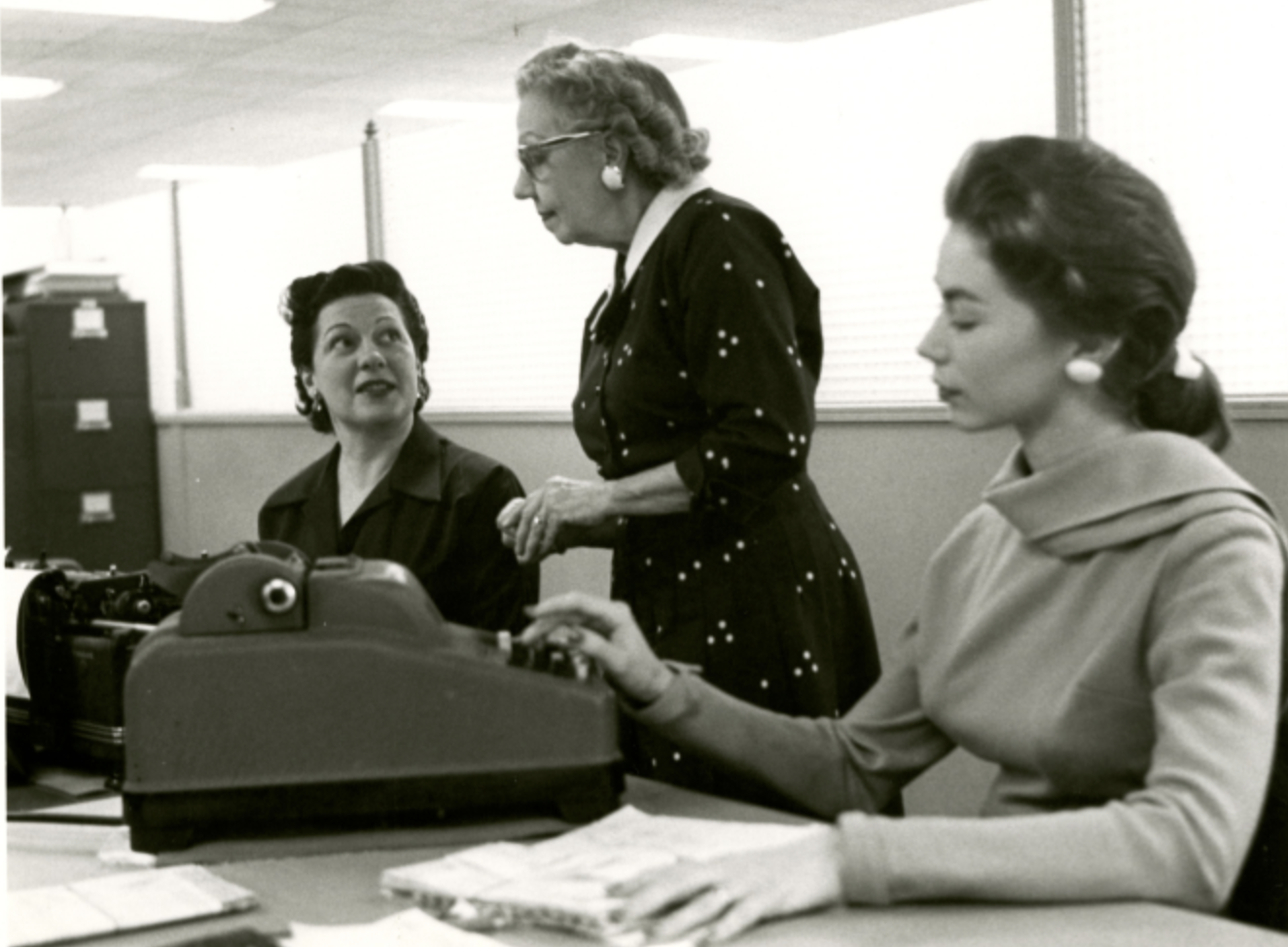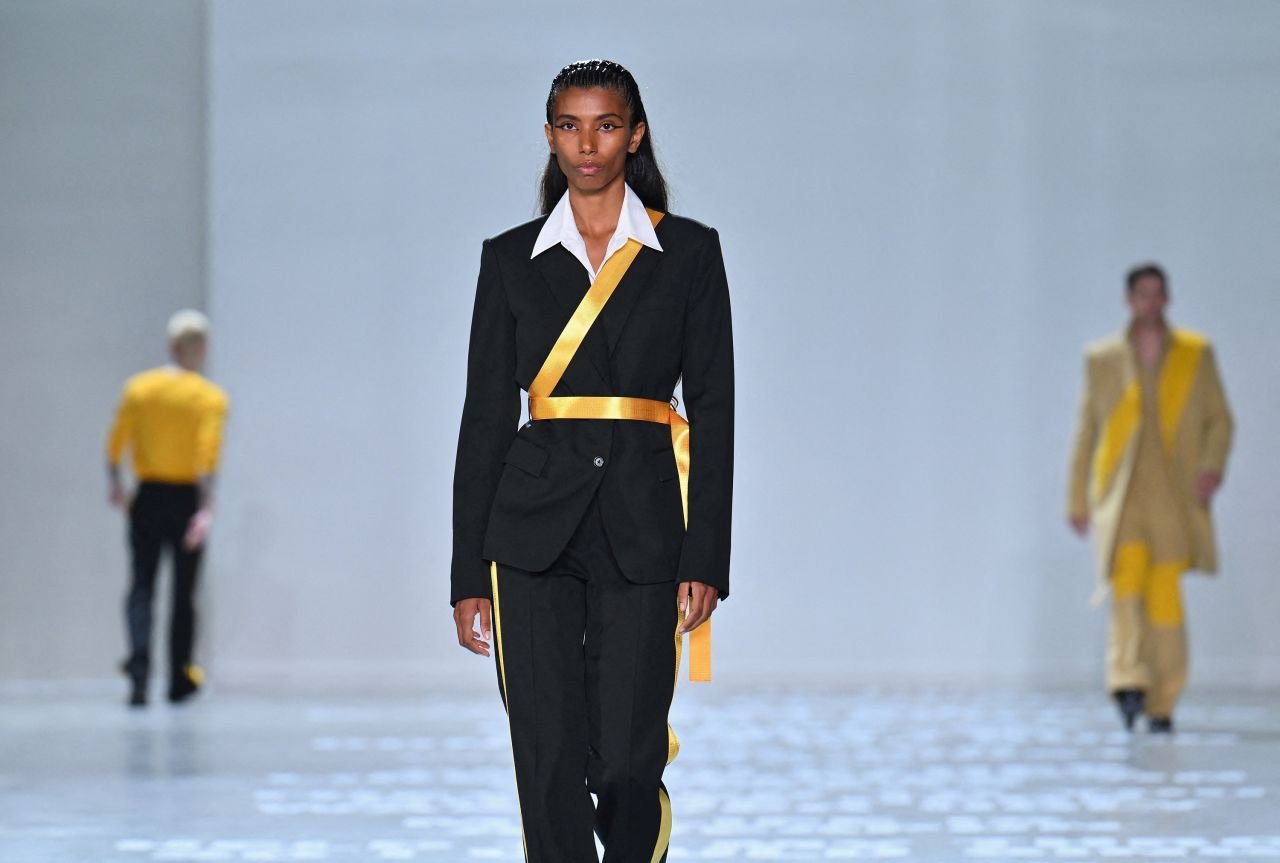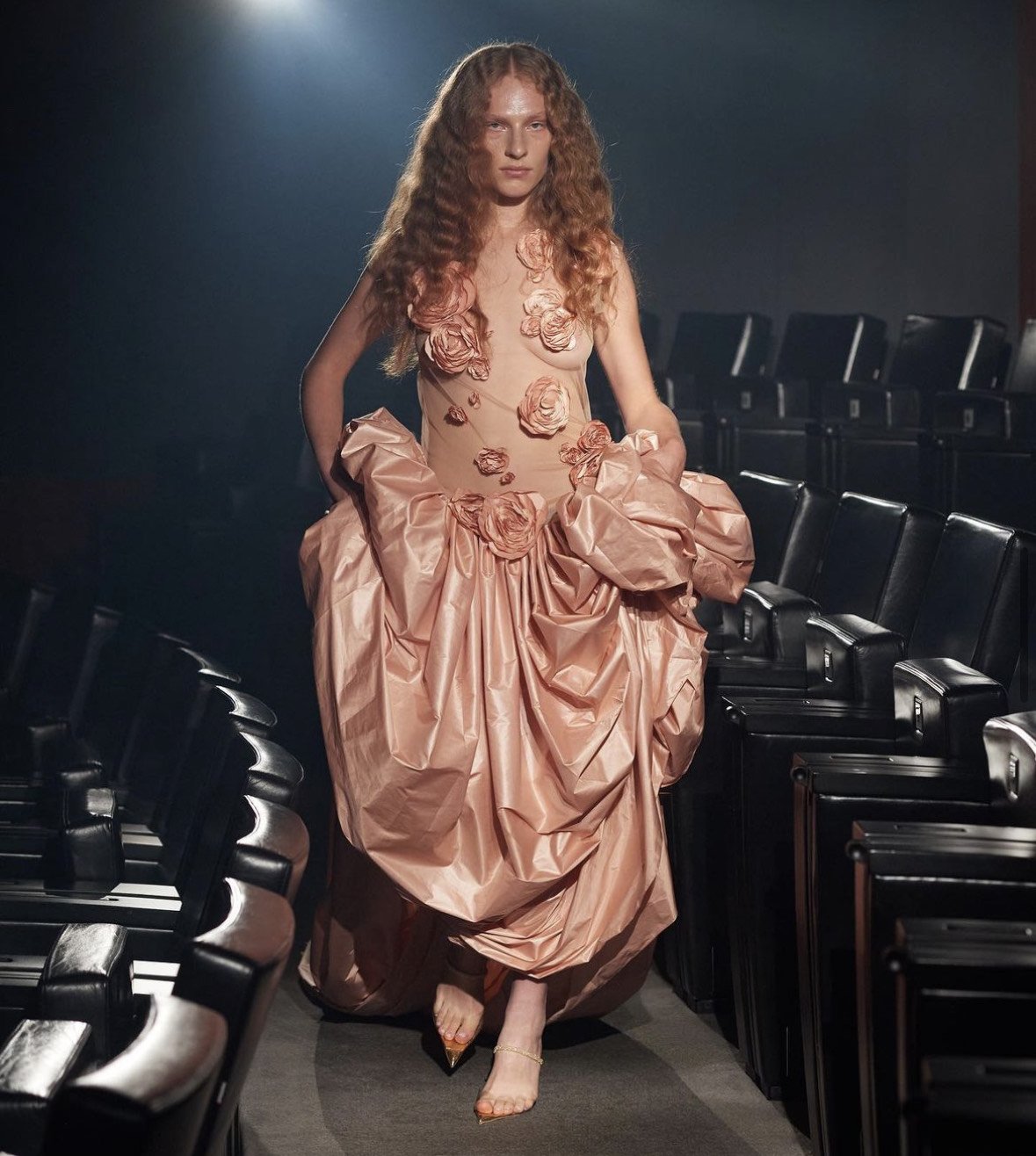Tiktok Hyper-Trends, NYFW & Sustainability
As the fashion industry continues to evolve, trend forecasting plays a crucial role in predicting the future of fashion. In the world of fashion, trends come and go, but some have a lasting impact on the industry. Fashion forecasters analyse various factors such as cultural shifts, consumer behaviour, and social influences to anticipate the direction of the fashion industry. These forecasts serve as a guide for designers, retailers, and fashion enthusiasts to stay ahead of the curve.
In recent years, sustainability has become an essential consideration in the fashion industry. Consumers are increasingly conscious of the environmental and ethical impact of their fashion choices. As a result, sustainable fashion has gained momentum and is expected to be a significant trend for Autumn 2023. Designers are embracing eco-friendly materials, ethical production practices, and circular fashion concepts to reduce waste and promote a more sustainable future.
Alongside sustainability, thrift culture has experienced a resurgence in popularity. Thrift stores and online marketplaces have become treasure troves for fashion enthusiasts seeking unique and affordable pieces. We can expect to see a continued embrace of secondhand fashion, as consumers prioritise sustainability and seek to express their individuality through pre-loved garments.
This has only increased in recent times because of TikTok and its ability to fast-track the trend cycle. Many have credited social media platforms for revolutionising the way trends are discovered and disseminated. TikTok trend forecasters have gained significant influence by predicting specific aesthetics and styles that capture the attention of fashion enthusiasts. These forecasters have become tastemakers, driving trends rather than merely observing them. With their ability to reach a vast audience, social media platforms have become powerful tools for trend forecasting and shaping the fashion industry.
Hyper-specific trends emerging from the platform such as "indie sleaze," "Parisian ballet," and "coastal grandma" have gained traction through TikTok trend forecasters. The platform allows users to discover and participate in these trends, creating a sense of community and engagement. However, these trends do not come without the criticism of over-consumption as the importance of sustainability and the move by some creators towards championing slow fashion increases. In response to the fast-paced nature of the fashion industry, designers are embracing a slow fashion approach. Slow fashion emphasises quality over quantity, encouraging consumers to invest in timeless pieces that can be worn for years to come. This approach aligns with the principles of sustainability and thrift culture, promoting conscious consumption and reducing the environmental impact of fashion. However, the aspect of the trend cycle is still prevalent even in the current climate of conscious dressing and definitely still impacts the fashion industry majorly and allows for trend forecasters to speculate on what we will be wearing in the future.
One of the main events for trend forecasting in the fashion sphere is fashion month where designers show their spring/summer collections to audiences for the first time effectively projecting the trends they want to catch on. In NYFW this was definitely the case with several designers showing significant callbacks to their previous collections. Allowing the consumer to effectively adhere to the looks and the trends that they are projecting with items they may already own.
Peter Do showed his debut collection for the legendary fashion house Helmut Lang recently at NYFW where the designer incorporated new influences which have been trending in fashion in recent times, whilst also effectively keeping the essence of the brand and making several callbacks to previous collections throughout the years.
Do personalised the collection through the continuous reference to his Vietnamese culture through the use of prints and poems. While also keeping to brand identity giving specific references to previous collections, like some of the opening looks of the show being quite similar to SS 1999 from the brand.
The new collection from Helmut Lang effectively gave a new look to the brand incorporating some trending aspects, whilst also keeping the the main current trend of the revival of fashion trends and vintage style.
Whether it be the individual on social media or at NYFW, there is a new push for reinventing previous styles. From the rise of sustainability and buying pre-loved clothes in an effort to combat overconsumption. To major fashion houses re-inventing their previous collections. We have definitely moved towards a more conscious era of dressing. However thanks to the hyper-specific and rapidly moving trend cycle created through social media, the trend forecaster is most definitely not obsolete. From the individual on social media platforms such as TikTok to major fashion houses, there will always be a way to re-invent trends from the past in an attempt for modernity.








